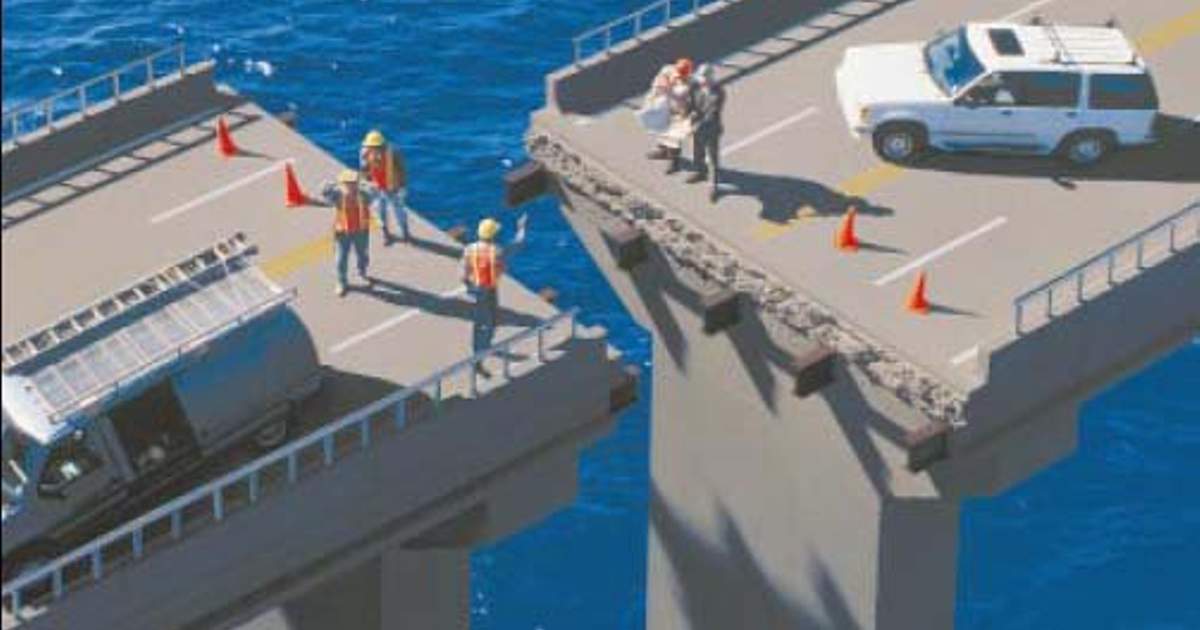Systems Engineering has always been an important part of any medical device development and in recent years has become more prevalent with other non-regulated organizations as well. Specifically, many engineering teams are putting more effort into Requirements Engineering and the process of defining, documenting and maintaining requirements has grown from its traditional roots. The ideas of Use Case modeling and User Experience analysis provides a better base from which requirements are gathered and many projects have a more holistic approach in the sense that many more project activities these days are driven from the requirements being developed.
Gathering the right requirements is key to a project’s success, but getting each of them right is essential. Requirements are not just statements written in a formal document, they are the associated attributes that helps us understand the problems we’re trying to solve.
I was inspired by some of the opening text in Suzanne Robertson and James Robertson’s book “Mastering the Requirements Process : getting requirements right“.
“Requirements exist whether you discover them or not, and whether you write them down or not. Obviously, your product will never be right unless it confirms to the requirements, so in this way you can think of the requirements as some kind of natural law, and it is up to you to discover them.”
The presentations I make and the training I provide make reference to this excellent book by the Robertsons, as well as other resources found online at https://www.volere.org. I highly recommend you visit that website.
My training presentation on Managing Requirements is available here online, and is meant to address requirements for larger projects and those in regulated environments such as medical device development.
Incidentally, the image of the misaligned bridge is an illustration, not a photograph, from the Zurich American Insurance Company. Bridges are not built with railings and painted road markings from either side, to be found meters misaligned shortly before completion! Nevertheless, this image is often shown on social media, blogs and websites as an example of construction mistakes. I like it because it gives a sense of the consequences of having incomplete, ambiguous or inaccurate requirements, and how difficult it can be to resolve problems made early in a project.

